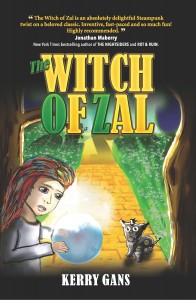At the beginning of a new year, we typically look forward to the year ahead. Sometimes, though, it is helpful to look back in order to see how far you have come, and evaluate how you did in the past year. I examined my top 20 posts this past year and found that readers read a good mixture of craft and marketing, as well as some of my more personal writing-life posts. In case you missed any, here are the Best of The Goose’s Quill 2015. Enjoy!
And my #1 post of 2015:
Thank you for reading in 2015—I hope you continue to join me in 2016!


